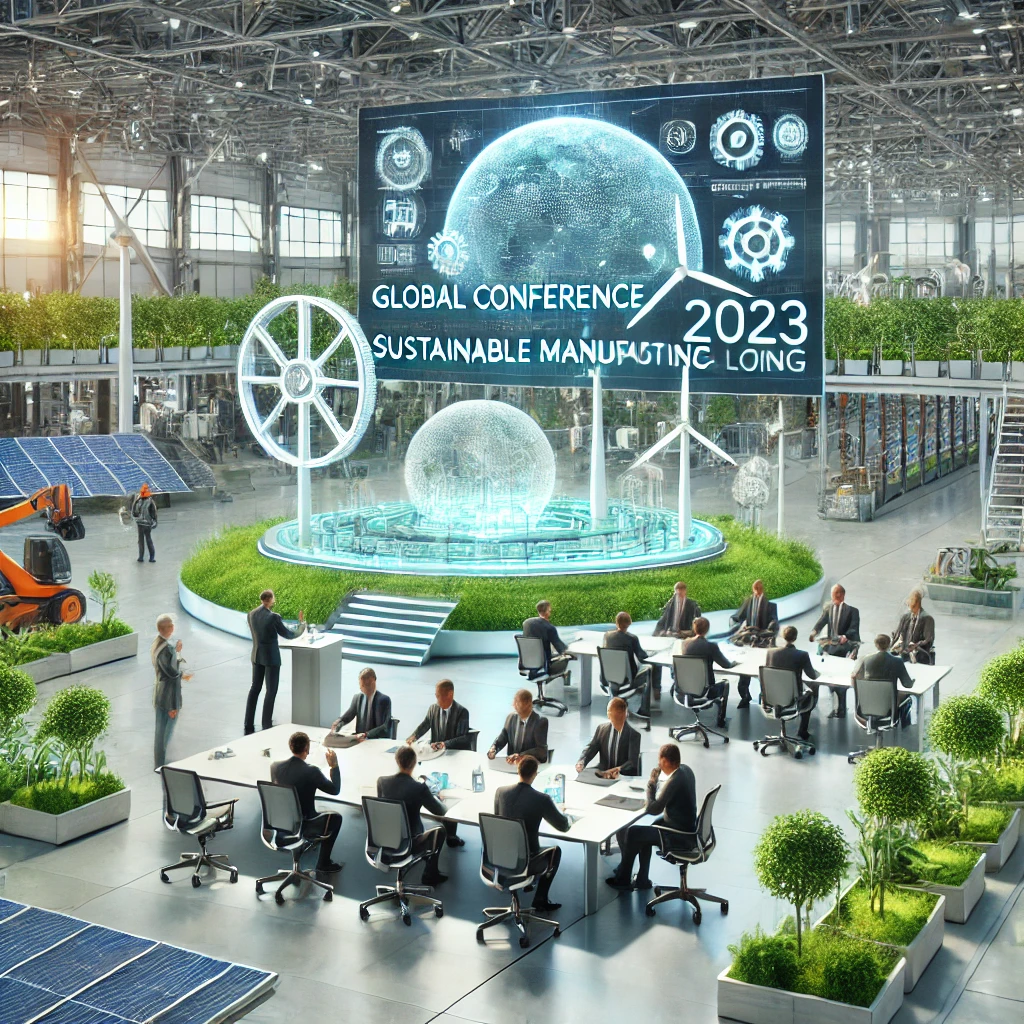How Sustainable Manufacturing Is Reshaping Global Industries: Lessons from GCSM 2023
As climate change accelerates and resource scarcity intensifies, industries worldwide face a pivotal challenge: How can we maintain economic growth while radically reducing environmental harm? The 19th Global Conference on Sustainable Manufacturing (GCSM 2023), held in Buenos Aires, provided compelling answers. With over 130 experts from 30 countries, this landmark event revealed how cutting-edge technologies, circular business models, and collaborative ecosystems are driving a new industrial revolution focused on green growth. This article unpacks critical insights from GCSM 2023, offering actionable strategies for businesses, policymakers, and consumers committed to building sustainable supply chains.
The Urgent Case for Sustainable Manufacturing
Global manufacturing accounts for 54% of energy consumption and 20% of CO₂ emissions 2. Yet demand for goods continues rising—the World Economic Forum projects a 37% increase in material extraction by 2050 . Traditional « take-make-waste » models are untenable. Sustainable manufacturing—defined as creating products through processes that minimize environmental impact, conserve resources, and enhance social equity—has evolved from niche ideal to economic imperative. Research shows circular economy strategies could generate $4.5 trillion in global economic benefits by 2030 .
Key Themes from GCSM 2023
1. Sustainable Processes: Efficiency Meets Innovation
Conference papers highlighted breakthroughs in:
- Energy-Efficient Production
- AI-driven predictive maintenance reducing energy waste by 15–30% 1
- Additive manufacturing cutting material use by up to 90% compared to machining
- Waste Valorization
- Case study: Brazilian auto parts manufacturer repurposing 98% of metal scraps into new components 1
| Technology | Resource Savings | CO₂ Reduction |
|---|---|---|
| Smart sensors | 22% water | 18% |
| Closed-loop recycling | 45% raw materials | 34% |
| Digital twins | 31% energy | 27% |
*Data synthesized from GCSM 2023 proceedings 1 and International Energy Agency *
2. Circular Systems: From Linear Chains to Loops
Keynote speaker Prof. Samy Abu Salih emphasized: « Future competitiveness hinges on designing out waste. » Emerging strategies include:
- Product-as-a-Service Models
- Philips’ « Lighting as a Service » program reduces client energy costs by 50% while retaining ownership of materials
- Industrial Symbiosis Networks
- Kalundborg Symbiosis (Denmark): 12 companies share byproducts, saving 635,000 tons of CO₂ annually
3. Sustainable Product Design: Rethinking Lifecycles
GCSM workshops showcased tools for:
- Modular Design
- Fairphone’s repairable smartphones increase device lifespan by 3–5 years
- Bio-Based Materials
- Mushroom root packaging (Mycelium) decomposes in 30 days vs. 500+ years for plastics
Latin America’s Green Manufacturing Surge
As host region, Latin America featured prominently:
- Argentina’s Renewable Push
- 2023 saw 28% of electricity from renewables, targeting 35% by 2025
- Tandanor shipyard’s solar-powered cranes reduce diesel use by 40% 1
- Brazil’s Bioeconomy Leadership
- Sugarcane bioplastics market growing at 14.2% CAGR
Workforce Development: Training Green Innovators
GCSM’s student projects highlighted educational priorities:
- Micro factory Simulations
- ITBA (Buenos Aires) students developed a zero-waste textile production model
- Digital Skills Integration
- 73% of manufacturers report AI/ML skills gaps in sustainability roles
Challenges & Opportunities
While progress accelerates, barriers remain:
| Challenge | Solution Pathway |
|---|---|
| High upfront costs | Green financing incentives |
| Supply chain complexity | Blockchain traceability systems |
| Consumer resistance | Eco-labeling education campaigns |
Conclusion: Building the Regenerative Economy
GCSM 2023 proved that sustainable manufacturing isn’t about trading profit for planet—it’s about reimagining value creation. From AI-optimized factories to mycelium-based materials, the tools for transformation exist.
Join the Conversation:
What sustainable manufacturing innovation excites you most? Share your thoughts below and subscribe to our newsletter for weekly eco-innovation updates!
References
- Kohl H. et al. (2025) Sustainable Manufacturing as a Driver for Growth. Springer.
- UNIDO. (2023). Global Manufacturing Energy Consumption Report.
- World Economic Forum. (2024). Circular Economy Initiative Whitepaper.
- Accenture. (2022). Circular Advantage Study.
- Additive Manufacturing Green Trade Association. (2023).
- IEA. (2023). Energy Efficiency 2023 Report.
- Philips Annual Report. (2023).
- Kalundborg Symbiosis. (2024). Impact Dashboard.
- Fairphone Sustainability Report. (2023).
- Ecovative Design. (2024). Mycelium Material Properties.
- Argentina Energy Secretariat. (2023).
- Brazilian Bioplastics Association. (2024).
- World Manufacturing Forum. (2023). Skills Survey.
- Ellen MacArthur Foundation. (2023). Circularity Toolkit.

